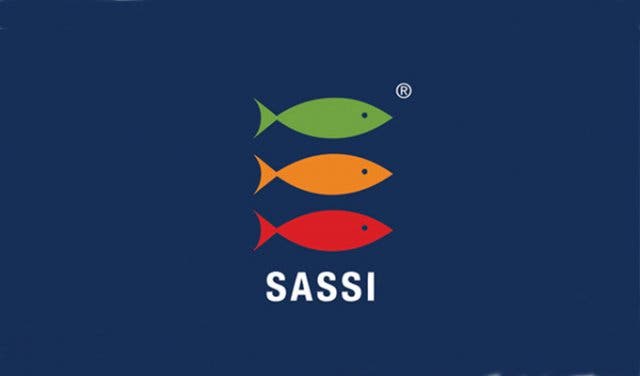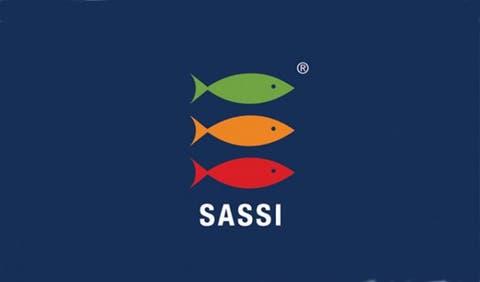Seafood Initiative Helps Sustain Species
Green means buy!
Last Updated: 26 January 2017
The unsustainable harvest of the ocean has led to the depletion and, in some cases, collapse of many of the world’s major fish stocks. While many threatened ecosystems remain bleak in the face of unsustainable fish practices, those involved in the seafood industry are realising that by changing the way they conduct business now ensures the long-term sustainability of their industry.
In 2004, the World Wide Fund (WWF) established the South African Sustainable Seafood Initiative (SASSI) to inform and educate all participants in the seafood trade, from wholesalers to restaurateurs through to seafood lovers, about sustainable seafood.
By using a “traffic light” system, the colour-coded SASSI list categorises South African and imported seafood species according to their conservation status.

Green
This is the group from which consumers are encouraged to choose, as it contains the most sustainable choices from the healthiest and most well-managed populations. These species can handle current fishing pressure.
Orange
This group includes species that have associated reasons for concern, either because the species is depleted as a result of overfishing and cannot sustain current fishing pressure, or the fishery that catches them may cause particularly severe environmental damage and/or has high by catch, or the lifestyle of the species makes it vulnerable to high fishing pressure. Consumers are encouraged to think twice and consider the implications of these choices.
Red
This group includes both unsustainable species, which are from collapsed populations or have extreme environmental concerns and/or lack appropriate management, and species that are illegal to buy or sell in South Africa (no-sales species). These species should never be bought by consumers. Fish highlighted in bold in this category are illegal to sell in South Africa.
The table below displays species that are in the "traffic light" system:
|
GREEN |
ORANGE |
RED |
|
Atlantic Mackerel |
Atlantic Salmon |
West Coast Lobster |
|
Anchovy |
Baby Clam |
Biscuit Skate |
|
Green-lipped Mussel |
Blue Shark |
Black Musselcracker |
|
Hottentot |
Cape Dory |
Blacktail |
|
King Mackerel |
Cape House Mackerel |
Brindle Bass Rockcod |
|
Monkfish |
Catface Rockcod |
Bronze Bream |
|
Queen Mackerel |
East Coast Sole |
Great White Shark |
|
Rainbow Trout |
Englishman |
Baardman |
|
Slinger |
Harders |
Garrick |
|
Snoek |
Moroccan Pilchards |
Natal Wrasse |
|
White Mussel |
Octopus |
Sawfish |
|
Yellowtail |
Yellow-belly Rockcod |
Scotsman |
|
Squid |
Red Roman |
Silver Kob |
|
Cape Rock Oyster |
White-edged Rockcod |
Spotted Grunter |
|
Kingklip |
Red Drum |
St Joseph Shark |
|
Angelfish |
Santer |
Striped Catshark |
|
Blue Mussels |
Swordfish |
Branded Galjoen |
|
Deep-water Cape Hake |
Prawns |
Bluefin Tuna |
|
Sardine |
Namibian Hake |
Cape Stumpnose |
By Garth Prins
Source Credit: wwfsassi.com
---
Use our events section for an up-to-date overview of happenings in Cape Town. Also, don’t forget to subscribe to our newsletter and if you have a smart phone, add m.capetownmagazine.com to your home screen for quick access on the go!
Follow us on Twitter, like us on Facebook, join our Google+ circle, connect with us on LinkedIn, check out our photos on Instagram and follow our Pinterest boards for updates on what’s happening in and around the Mother City!
CapeTownMagazine.com
| For Moments of Joy. Follow our social channels for useful news, daily local champions | |
| 072 350 2062 | |
| Ideas Cartel, The Old Foundry, 1 Sand Hill Road, Green Point | |
| www.capetownmagazine.com/subscribe | |
| now@capetownmagazine.com | |
| CapeTownMag | |
| CapeTownMagazine.com | |
| capetownmag | |

